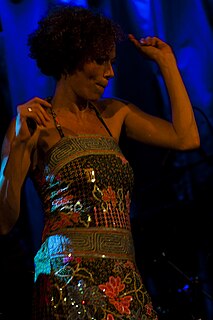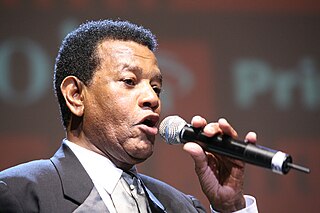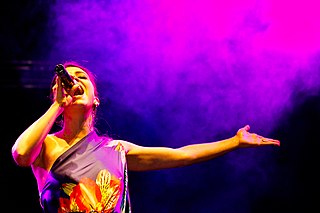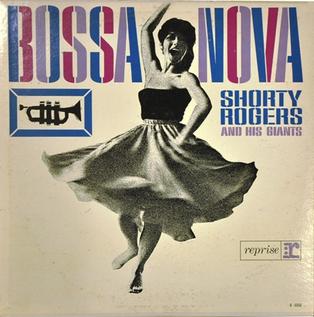| Uma gaita na bossa | |
|---|---|
 | |
| Studio album by Clayber de Souza | |
| Released | 1997 |
| Genre | bossa nova, jazz |
| Length | 42:09 |
| Label | Allegretto |
| Producer | Alexandre Nunes |
Uma gaita na bossa, also known as Nos caminhos da bossa, is a 1997 album by the Brazilian harmonica player Clayber de Souza. It is collection of the main hits of Bossa nova, Jazz and Blues, such as "Samba de uma nota só" and "Garota de Ipanema". [1] However, all its songs were arranged as a fusion of Samba and Jazz, remembering the period Souza played as bass guitarist, in 1960s. [2]
Bossa nova is a style of Brazilian music, which was developed and popularized in the 1950s and 1960s and is today one of the best-known Brazilian music styles abroad. The phrase bossa nova means literally "new trend" or "new wave". A lyrical fusion of samba and jazz, bossa nova acquired a large following in the 1960s, initially among young musicians and college students.
Jazz is a music genre that originated in the African-American communities of New Orleans, United States, in the late 19th and early 20th centuries, and developed from roots in blues and ragtime. Jazz is seen by many as "America's classical music". Since the 1920s Jazz Age, jazz has become recognized as a major form of musical expression. It then emerged in the form of independent traditional and popular musical styles, all linked by the common bonds of African-American and European-American musical parentage with a performance orientation. Jazz is characterized by swing and blue notes, call and response vocals, polyrhythms and improvisation. Jazz has roots in West African cultural and musical expression, and in African-American music traditions including blues and ragtime, as well as European military band music. Intellectuals around the world have hailed jazz as "one of America's original art forms".
Blues is a music genre and musical form which was originated in the Deep South of the United States around the 1870s by African Americans from roots in African musical traditions, African-American work songs, spirituals, and the folk music of white Americans of European heritage. Blues incorporated spirituals, work songs, field hollers, shouts, chants, and rhymed simple narrative ballads. The blues form, ubiquitous in jazz, rhythm and blues and rock and roll, is characterized by the call-and-response pattern, the blues scale and specific chord progressions, of which the twelve-bar blues is the most common. Blue notes, usually thirds or fifths flattened in pitch, are also an essential part of the sound. Blues shuffles or walking bass reinforce the trance-like rhythm and form a repetitive effect known as the groove.











